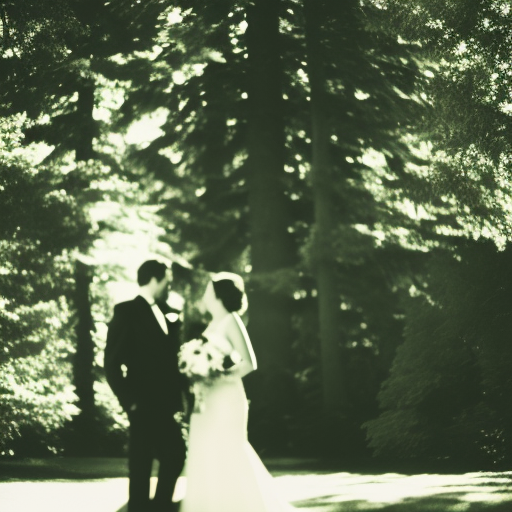Summary: A wedding is a ceremonial event that marks the union of two individuals in marriage. It is a significant milestone in many cultures and is typically celebrated with various rituals, traditions, and festivities. Weddings have evolved over time, reflecting changes in societal norms, religious practices, and personal preferences. From ancient times to modern-day, weddings have remained a cherished and symbolic occasion, symbolizing love, commitment, and the beginning of a new chapter in a couple’s life.
Historical Background:
Weddings have a long history dating back thousands of years. Ancient civilizations, such as the Egyptians, Greeks, and Romans, had their unique customs and rituals surrounding marriage. These ceremonies often involved religious rites and were seen as a way to establish social and economic alliances between families. In some cultures, arranged marriages were prevalent, where the families played a significant role in selecting the partners.
Evolution of Wedding Traditions:
Over time, wedding traditions have evolved, influenced by cultural, religious, and societal changes. The rise of Christianity in Europe brought about new customs, such as exchanging vows in front of a priest and the inclusion of religious blessings. During the Middle Ages, weddings became more elaborate affairs, with feasts, music, and dancing.
During the Renaissance, weddings became an opportunity for families to display their wealth and social status. Lavish ceremonies and extravagant attire were common. The Industrial Revolution in the 18th and 19th centuries brought about changes in wedding traditions, as people moved to cities and adopted more practical and affordable customs.
Modern Wedding Customs:
In the modern era, weddings have become highly personalized events, reflecting the couple’s unique tastes and preferences. While some traditions, such as exchanging rings and saying vows, remain consistent, many aspects of weddings have changed. Couples now have the freedom to choose their wedding venue, theme, and style, ranging from traditional church ceremonies to destination weddings on a beach.
Wedding attire has also evolved, with brides opting for a variety of styles and colors beyond the traditional white gown. Grooms have more options for their attire, ranging from classic tuxedos to casual suits. Wedding receptions have become more elaborate, with carefully planned menus, entertainment, and decorations.
Wedding Rituals and Symbolism:
Weddings are often steeped in symbolism and rituals that vary across cultures and religions. The exchange of rings symbolizes the couple’s commitment and eternal love for each other. The unity candle ceremony, common in Western weddings, represents the merging of two families. Traditional Hindu weddings include rituals like the Saptapadi, where the couple takes seven steps together, symbolizing their journey through life.
Wedding Industry:
The wedding industry has grown significantly, encompassing various services and products to cater to couples’ needs. Wedding planners, photographers, caterers, florists, and designers all play a crucial role in creating a memorable wedding experience. The industry has also witnessed the rise of wedding expos and online platforms, making it easier for couples to plan and organize their special day.
Conclusion:
Weddings have a rich history and continue to be a cherished celebration of love and commitment. From ancient customs to modern-day trends, weddings have evolved to reflect the changing times while retaining their symbolic significance. Whether it is a small intimate gathering or a grand affair, weddings hold a special place in people’s hearts, marking the beginning of a lifelong journey together.












